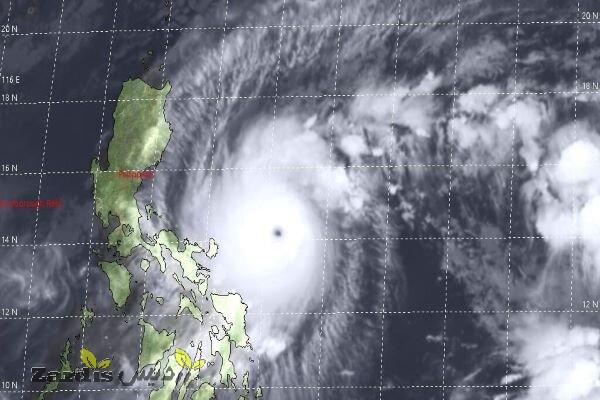TEHRAN – The restoration of Lake Urmia has eradicated 450,000 hectares of sand and dust storm (SDS) hotspots, according to the latest studies.
Prior to the start of the executive activities for Lake Urmia rehabilitation, an area of approximately 100,000 hectares was considered as land sensitive to wind erosion due to the lake’s retreat.
In addition to the specialized measures in controlling the critical hotspots of SDS, a 50 percent increase in the Lake’s surface and an eightfold increase in its water level caused many lands prone to wind erosion to return to normal again.
Currently, there are less than 50,000 hectares of land generating dust in the province.
Some 1.46 million hectares of the country’s wetlands and 3.5 million hectares of habitats under the management of the Department of Environment contribute to dust generation.
The government has spent 100 trillion rials (about $2.3 billion at the official rate of 42,000 rials) to implement rehabilitation projects on the lake.
The lowest amount of water in Lake Urmia was recorded in 2012, a year before the beginning of the Restoration Program, amounting to 500 million cubic meters, which now has reached more than 4 billion cubic meters, showing an increase of almost eight times. During a five-year period until last year, a total of 673 billion rials (nearly $16 million) have been earmarked to counter sand and dust storms generated by the resources surrounding Lake Urmia.
The SDSs control operations in the area are either completed or in their final stage, which is a significant measure as saved 14 million people.
A few years ago, the destruction of agricultural lands and the occurrence of some respiratory problems due to sand and dust storm has caused the migration of some villagers.
Rehabilitation measures have made the situation much better, and many displaced locals returned back to their villages.
The lowest amount of water in Lake Urmia was recorded in 2012, a year before the beginning of the Restoration Program, amounting to 500 million cubic meters, which now has reached more than 4 billion cubic meters, showing an increase of almost eight times.
However, achieving sustainable rehabilitation requires countless efforts, such as increased rainfall and optimal use of water resources.
Although the ecological level of Lake Urmia is estimated at 1,274 meters, the lake will have favorable conditions at 1,272 meters and will eliminate more than 95 percent of the dust centers.
So far, the government has earmarked 100 trillion rials (nearly $2.3 billion at the official rate of 42,000 rials) for the lake’s revitalization.
International contribution to Lake Urmia revival
On February 17, the Government of Japan contributed $3 million to help revive Lake Urmia through the United Nations Development Program (UNDP).
The contribution will be implemented as a component of UNDP’s ongoing Conservation of Iranian Wetlands Project – a joint project between Iran’s Department of Environment and UNDP. This was Japan’s eighth contribution to UNDP Iran.
So far, UNDP has implemented several initiatives to stop the degradation trend and restore this important Lake and other wetlands in the country. These efforts have significantly contributed to the stability of Lake Urmia and introducing new approaches based on the improved management of its basin. By the end of the seventh phase, the project was implemented in 183 villages.
In addition to almost $7 million in financial support from the Japanese government, so far more than $1 billion has been spent on the project in total.
Lake’s surface increased by over 1500 km²
Lake Urmia’s surface area has reached up to 2,917 square kilometers, indicating 1,582 square kilometers increase in comparison to 2013.
The water transfer projects will cause Lake Urmia to reach its ecological level over the next seven years, with 15 billion cubic meters of water through increasing the lake’s level by one meter each year.
Lake Urmia, located in the northwest of Iran, was once the most extensive permanent hypersaline lake in the world. Unsustainable water management in response to increasing demand together with climatic extremes has given rise to the lake’s depletion during the last two decades. The lake’s restoration program was established in 2013 and aims to restore the lake within a 10-year program.
FB/MG
Zardis news | The latest news of Iran and the world
تمامی حقوق مطالب برای "Zardis news"محفوظ است و هرگونه کپی برداری بدون ذکر منبع ممنوع می باشد.
طبق ماده 12 فصل سوم قانون جرائم رایانه ای کپی برداری از قالب و محتوا پیگرد قانونی خواهد داشت.







